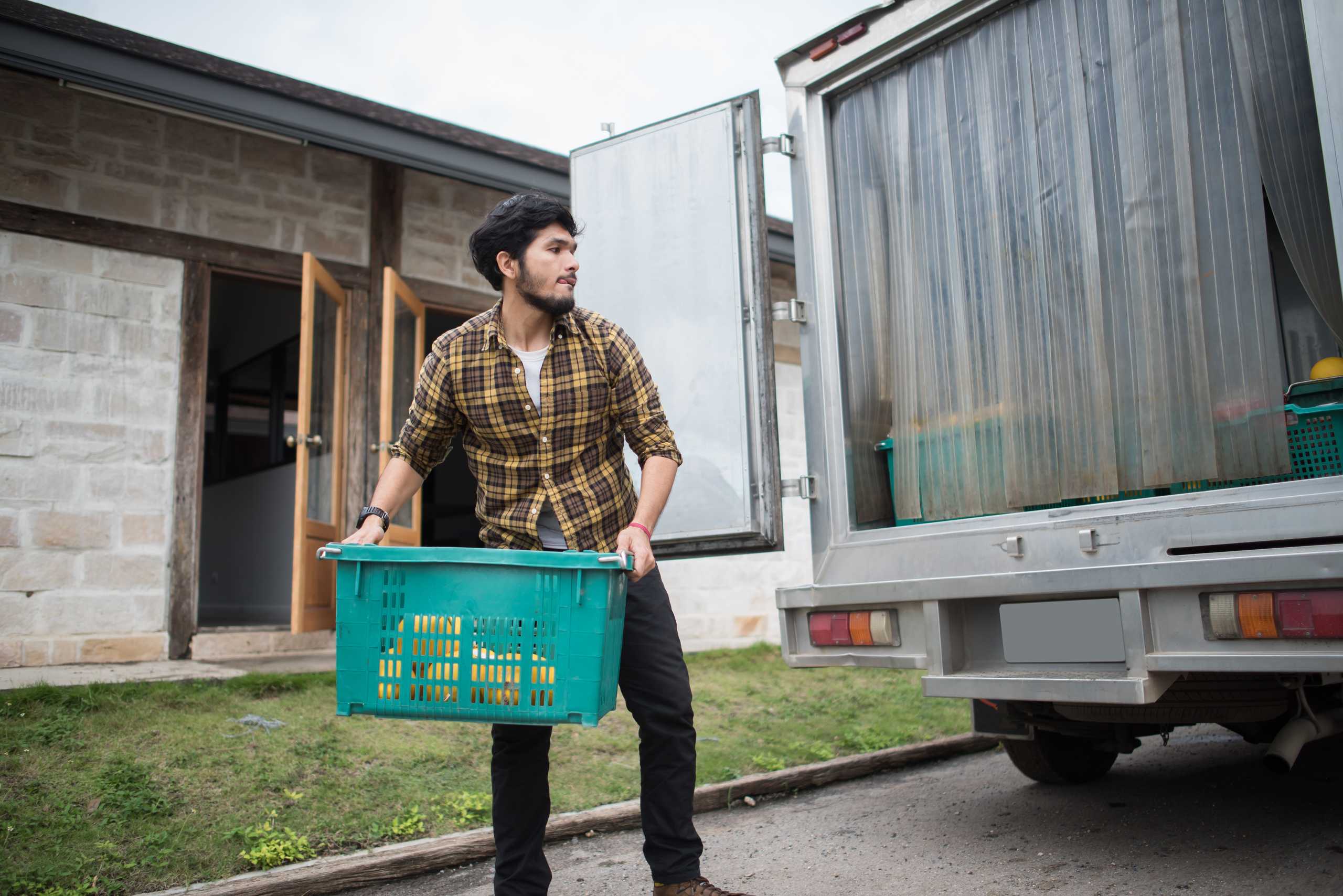Relocation is not only a physical move — it’s an emotional journey.
Even the most well-organized plan cannot prevent the waves of uncertainty, nostalgia, or culture shock that often follow. Yet, emotional resilience can turn these moments of discomfort into milestones of personal growth.
At ReloEase Course, we believe emotional stability is the most powerful relocation skill you can develop.
1. Understanding the Nature of Change
Every move begins with loss — of familiar streets, known faces, favorite routines. It’s natural to grieve these comforts. However, adaptation begins when you recognize that loss and opportunity are two sides of the same coin.
Instead of resisting change, allow yourself to experience it fully. Journaling, mindful reflection, or open conversations with friends can help release the pressure that builds up during the early phase of relocation.
2. Creating a Sense of Stability
When everything around you feels new, create small anchors of familiarity.
Simple habits can bring balance and comfort in a shifting environment:
- Morning rituals — coffee, music, or meditation before the day starts.
- Weekly structure — fixed grocery day, language practice, or nature walk.
- Personal space — decorate your room with meaningful items from home.
These rituals don’t just offer routine — they send a message to your mind: “I am safe, even here.”
3. Reframing Loneliness into Connection
Feeling isolated after relocation is common, but loneliness is not a permanent state.
The key is to turn your focus outward. Join local meetups, cultural centers, or interest-based groups. Volunteer opportunities are especially powerful — they allow you to contribute while naturally meeting people who share your values.
If language barriers exist, remember that kindness and curiosity often bridge communication faster than words.
4. The Psychology of Adaptation
Human adaptability is remarkable. Studies show that within three to six months, most people begin to form emotional bonds with their new surroundings.
At ReloEase, we emphasize awareness — noticing subtle signs that you’re already adapting:
- You stop comparing everything to your old home.
- You recognize familiar faces in your new neighborhood.
- You start using local phrases naturally.
Each of these moments marks progress. Celebrate them — they’re the foundation of belonging.
5. Building Long-Term Emotional Strength
Resilience doesn’t mean suppressing emotions; it means learning to move through them.
Try viewing challenges as training. Every time you solve a problem — navigating transport, understanding bureaucracy, making a new friend — you build emotional muscles.
With time, your confidence grows not because life gets easier, but because you become stronger.
Final Reflection
Relocation may test your limits, but it also expands them.
When you nurture emotional resilience, the unfamiliar turns into opportunity, and the foreign becomes familiar.
The journey of adaptation, after all, begins within.

